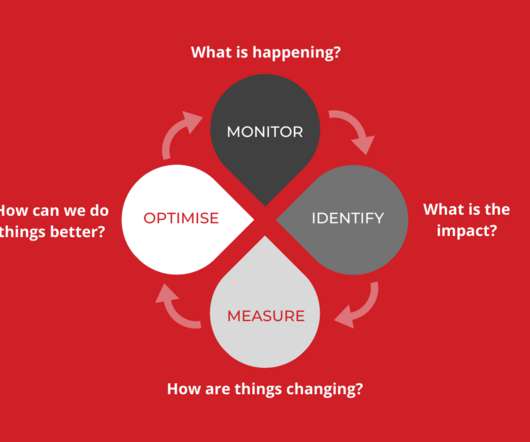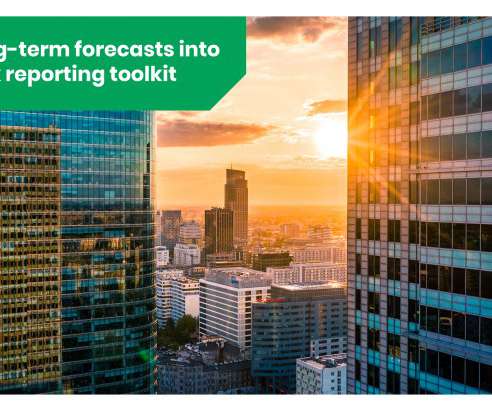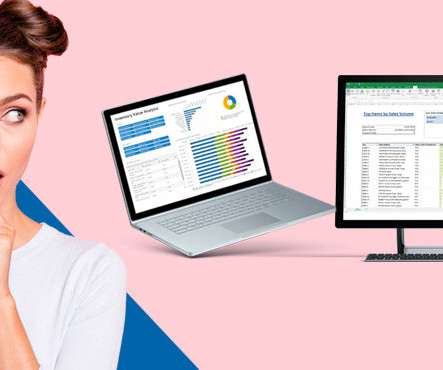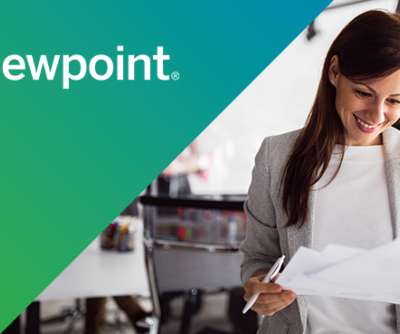AI Product Management After Deployment
O'Reilly on Data
OCTOBER 13, 2020
In an incident management blog post , Atlassian defines SLOs as: “the individual promises you’re making to that customer… SLOs are what set customer expectations and tell IT and DevOps teams what goals they need to hit and measure themselves against. While useful, these constructs are not beyond criticism.

















Let's personalize your content